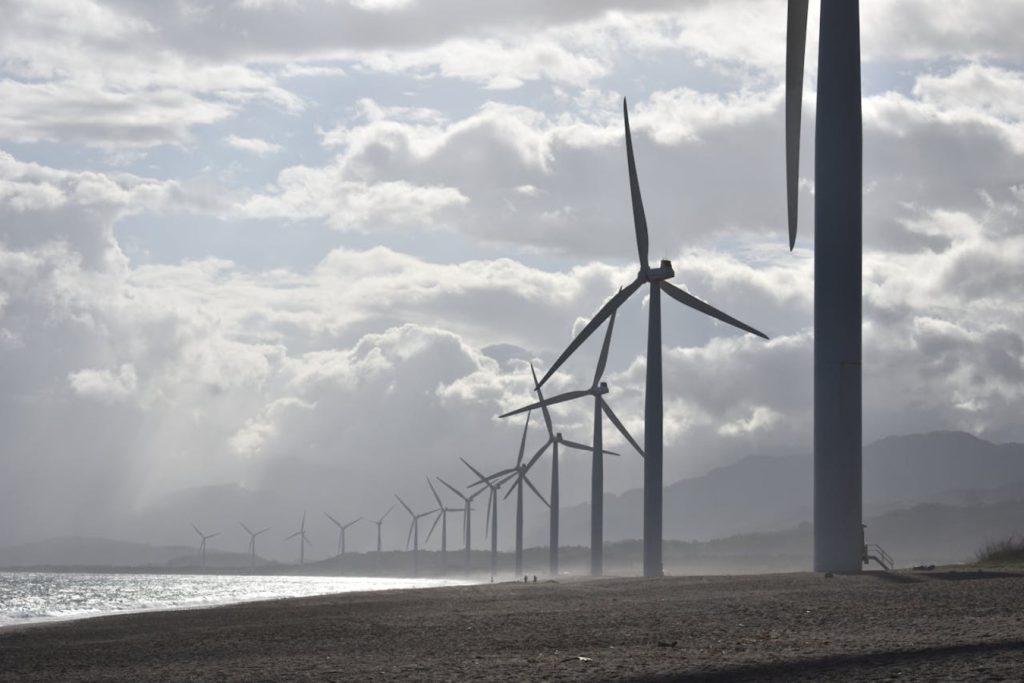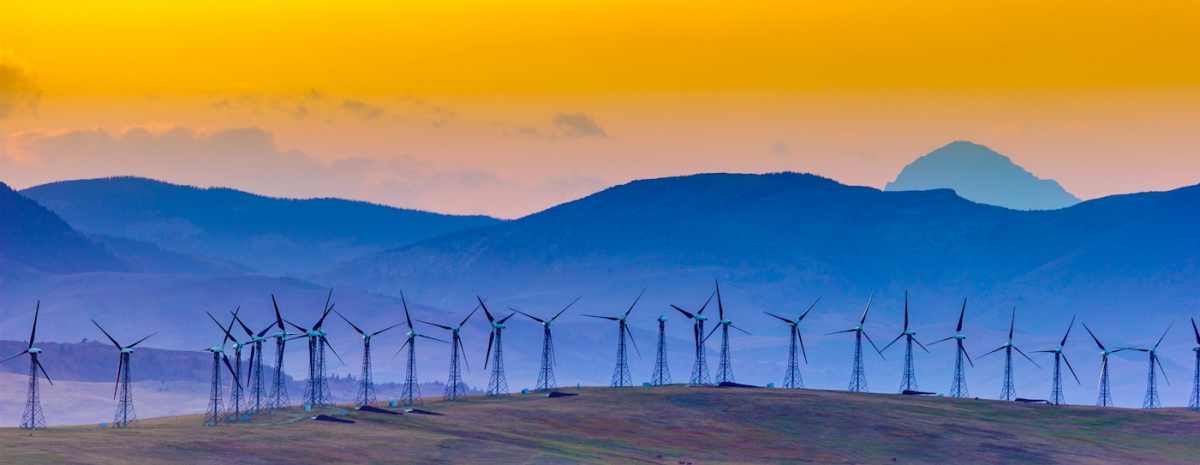隨風而去?金融危機與風能

Undoubtedly, the global financial crisis is impacting the previously high-growth energy sectors. The wind energy sector has witnessed dramatic growth over the past 10 years. Our researchers explored some of the ways the financial crisis has impacted the wind industry.
Wind energy has been one of the fastest-growing renewable energy sources over the past two decades, but the global financial crisis has introduced new economic and financial challenges. While the industry has proven resilient, the shifting financial landscape has altered investment patterns, policy incentives, and the overall growth trajectory of wind energy worldwide.
在 SIS國際研究, we examine how financial downturns impact renewable energy investments and explore the opportunities and risks shaping the future of wind energy.
The Financial Impact of the Recession on Wind Energy
- Wind Energy projects’ increased cost of debt
- This increase in the cost of debt is often offset by a decrease in the central bank’s rates
- Big projects can raise money
- Predicted lower levels of economic activity
- Few industries will benefit from climate change
- Lending volumes and revenues shrinkage
Indeed, the wind energy industry is subject to the whims of the financial crisis. It is interesting to note the long-term advantages of wind energy and power generation. Wind energy in power generation holds several long-term advantages that other methods of power generation do not.
Advantages of Wind Energy
- No fluctuations in global commodity prices
- No geopolitical issues
- No fuel costs
- No water usage, oil usage, no waste, no emissions, fuel costs, no emissions
- Cost competitive
Yet, Wind Energy faces very important challenges that impact its integration into the energy grid and a nation’s energy mix.
Why Wind Energy Remains a Strong Investment
Despite financial barriers, wind energy continues to offer key advantages over traditional energy sources.
1. Price Stability
Unlike fossil fuel markets that are subject to extreme price volatility, wind energy offers stable, predictable costs, making it a reliable long-term investment.
2. Energy Independence and Security
Countries with strong wind energy infrastructure reduce their dependence on imported fossil fuels, increasing energy security and reducing geopolitical risks.
3. Environmental and Sustainability Benefits
Wind energy is among the cleanest power sources available, with zero fuel costs, minimal land disruption, and no greenhouse gas emissions. As global carbon reduction goals become more ambitious, wind energy is a crucial solution to achieving net-zero targets.
4. Cost Competitiveness
Technological advances have significantly reduced the cost of wind energy production, making it increasingly competitive with conventional power sources such as coal and natural gas.
Challenges Facing Wind Energy Development

Despite its advantages, wind energy still faces hurdles that must be addressed to ensure its continued expansion.
1. Grid Integration and Infrastructure Gaps
One of the biggest challenges for wind energy is integrating intermittent power supply into existing energy grids. Upgrading grid infrastructure and investing in energy storage solutions are essential to improve reliability.
2. Reliance on Government Incentives
The wind industry has benefited from government subsidies, tax credits, and feed-in tariffs. However, long-term financial sustainability depends on developing cost-efficient models that are viable without government incentives.
3. Aesthetic and Land Use Concerns
Wind farms, particularly onshore installations, sometimes face opposition due to visual impact, noise concerns, and land use competition with agricultural or residential areas.
4. Capacity Limitations Compared to Traditional Power Plants
While wind energy is rapidly growing, individual wind farms typically generate lower output compared to conventional power plants. To meet energy demand, widespread deployment and improved efficiency are necessary.
Key Market Leaders
- GE Energy
- Vestas
- Siemens AG
- Gamesa Corporacion Tecnologica
- Mitsubishi Heavy Industries
- Suzlon Energy Limited
- Clipper Windpower
- Nordex
The Future of Wind Energy
1. Technological Innovations in Wind Power
Future developments in wind energy will focus on:
-
-
Larger, more efficient turbines with advanced materials.
-
Energy storage integration to manage fluctuations in wind power generation.
-
Smart grid technology to enhance grid stability and reliability.
-
2. The Role of Policy and Regulation
Governments worldwide are implementing stricter carbon reduction goals and renewable energy mandates. Strong policy support will be essential for continued wind energy expansion.
3. New Financing Models for Wind Energy
With evolving financial markets, green bonds, corporate sustainability funds, and public-private partnerships will play an increasing role in funding wind energy projects.
4. Public Perception and Market Adoption
As consumer awareness of climate change grows, demand for clean energy solutions is expected to increase. Corporate sustainability initiatives are also driving demand for renewable energy procurement.
我們在紐約的工廠位置
11 E 22nd Street, Floor 2, 紐約, NY 10010 電話:+1(212) 505-6805
關於 SIS 國際
SIS國際 提供定量、定性和策略研究。我們為決策提供數據、工具、策略、報告和見解。我們也進行訪談、調查、焦點小組和其他市場研究方法和途徑。 聯絡我們 為您的下一個市場研究項目。



